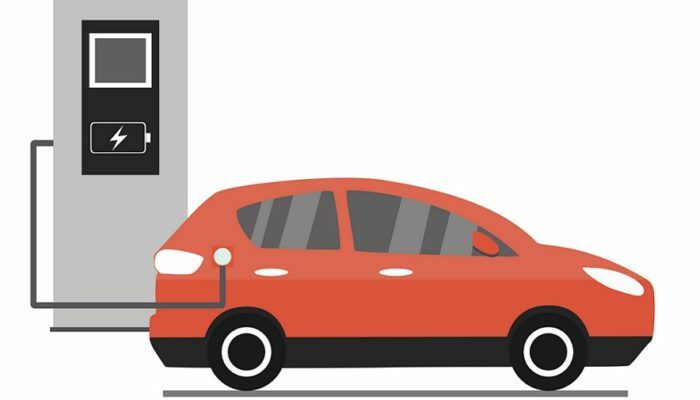
Now ‘low’ is no longer enough, so today LowCVP becomes Zemo Partnership to accelerate the transition in transport to zero emissions.
Twenty years ago, with the Kyoto Protocol ink still wet, the UK Government took early initiatives to lead the way on climate change. With road transport then just 22% of the nation’s overall greenhouse gas contribution, the Government outlined the aim of making the UK the first country to shift mainstream motoring to low carbon technology.
The proposal to form the Low Carbon Vehicle Partnership (LowCVP) was a central feature of the 2002 ‘Powering Future Vehicles Strategy’, an innovative, cross-departmental initiative which also led to the adoption of specific targets for the introduction of low carbon cars. LowCVP was established to bring government, industry, road users and environment groups together in partnership to deliver on this strategy by setting targets, working the detail and innovating in both technology and policy to help drive the shift. At the same time a cross-department Joint Ministerial Low Carbon Group was created to oversee the delivery.
The target then set was that 10% of new car sales should emit less than 100g/km by 2012. A further target, set through later consultation, stated that 10% of new car sales should be ultra-low carbon by 2020.
Now, the LowCVP and its catalogue of members can look back on two decades of success; able to celebrate achievement of not only the 2012 target but also the 2020 ambition for adoption of the cleanest cars. In 2020, 10.6% of new cars were classed as ULEVs (battery electric vehicles or plug-in hybrids).
But what goes around, comes around. Today, the parallels with those heady days of 2002 are clearly apparent, but even more urgent and challenging than before.
With the 2019 UK net zero target in place and a bold ambition for transport set out in the Ten Point Plan, we are about to embark on another testing journey and with a much steeper trajectory to reach our goal in 2050. In place of the 2002 Powering Future Vehicles Strategy, we will soon have the 2021 Transport Decarbonisation Plan.
And just as we didn’t necessarily know all the answers in 2002, today there remain uncertainties. What, for example, will power zero emission heavy trucks, or how will we ensure the electricity for transport is available where and when it’s needed? But today’s uncertainty must not soften tomorrow’s targets or ambition, since with all the right people around the table, I truly believe we can solve these challenges, just as we have done over the last 20 years.
In 2002, the focus was on vehicles and fuels; hybrids, biofuels and fossil gas were all emerging and seen as potential solutions (and, even then, hydrogen fuel cells were touted as the next big thing). Today batteries and chargers dominate in place of hybrids while highly renewable and sustainable fuels are delivering in hard-to-electrify transport sectors, with biomethane or green hydrogen prominent in heavy vehicle thinking.
But, crucially, a much wider evaluation of our whole mobility system and behaviour is now in the spotlight (the focus of course sharpened by the impacts of this pandemic). So, as well as the vehicle and powertrain technologies and energy and infrastructure needed to power transport, we must consider the need to travel, the wide range of active and shared modes, the risks and benefits from a range of autonomous systems, including unmanned drones. Our whole relationship with the physical world is blending with the digital and virtual environment in ways we never thought possible!
And in this complexity and the undoubted excitement for the next new shiny gadget, it is possible to lose sight of the real objective of our mobility system – to deliver sustainable and social lives. This is where the Partnership, with its breadth of experts and clear focus on zero emissions transport, can bring rigour and independence, to sort the helpful and the hopeful from the hype. But now, in this complex energy, mobility, physical and digital nexus comes the need to gather a much wider range of players around the Partnership table.
So today, with a renewed ambition and broadened scope, Zemo Partnership starts its journey, providing a collaborative vehicle to deliver for the future what the Low Carbon Vehicle Partnership has achieved in the past, but bigger, bolder, broader and better.
The race from low to zero is really on!
About the Author
This post was written by Andy Eastlake. Andy is the Chief Executive of the Zemo Partnership (formerly LowCVP). To find out more visit www.zemo.org.uk
